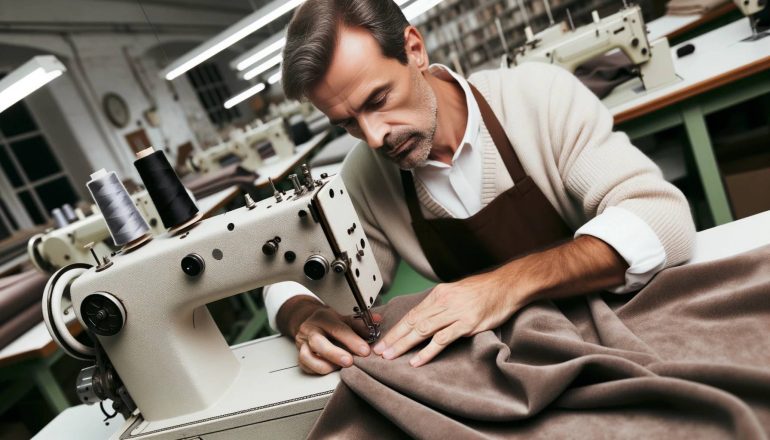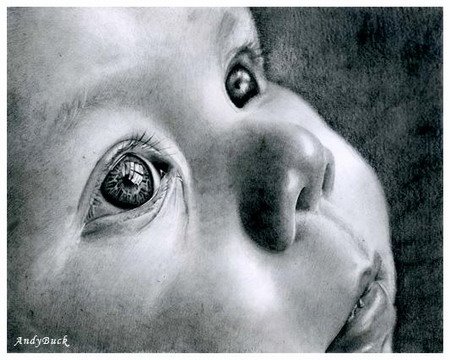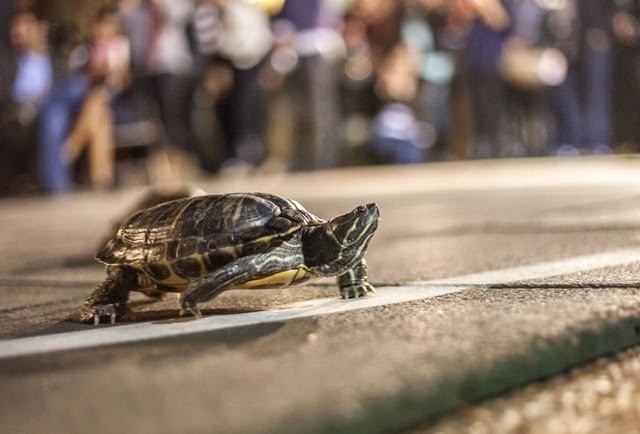Craftsmanship, often perceived as the hallmark of high-quality products, plays a pivotal role in the fashion industry. It not only ensures the longevity and durability of clothing but also encapsulates the beauty and precision of each product. One such exquisite example in today’s fashion realm is velour clothing. Understanding the expertise behind the creation of Velour Sets offers an appreciation for the design, texture, and the overall appeal of these garments.
Velour: A Rich History and Timeless Beauty
Velour, a luxurious fabric known for its soft, plush feel, has a history that dates back several centuries. Originating from the French word ‘velours,’ which means ‘velvet,’ velour shared many characteristics with velvet but was distinct in its knitting process and finish. Over the years, the fabric underwent numerous refinements, with its plush nature becoming more defined and the patterns more intricate.
Velour’s modern-day appeal lies in its blend of comfort and luxury. The fabric is synonymous with opulence yet provides the wearability that many seek in daily wear. The rise of “Velour Sets” in the 20th century marked a new era for this fabric, transitioning from the ornate robes of royalty to the fashionable tracksuits and outfits worn by celebrities and the general public alike.
Mastering the Production of Velour Clothing
The creation of velour garments is both an art and a science. The process starts with selecting the highest quality fibers, often a blend of cotton with synthetic materials like polyester. This combination ensures that the resulting fabric is not only soft and plush but also durable and less prone to shrinking.
Once the fibers are chosen, they undergo a spinning process where they are transformed into yarn. The yarn is then knit into fabric, and this is where the distinction between velvet and velour becomes evident. While both fabrics are created using similar fibers, velour is knitted, giving it its signature stretch and comfort. Velvet, on the other hand, is woven, resulting in a denser and less stretchy material.
The knitting of velour is a meticulous process. It requires precision and consistency to ensure that the loops of the yarn create a uniform, plush surface. This plushness is what gives velour its luxurious look and feel.
After knitting, the fabric goes through a series of finishing processes. This includes brushing the fabric to enhance its softness, setting the color through dyeing, and applying treatments to make the fabric resistant to stains and wrinkles. Each of these steps requires a deep understanding of the fabric’s nature to ensure that the final product retains its beauty, comfort, and durability.
The last step in the production process involves fashioning the fabric into the desired garment. Here, the craftsmanship truly shines. Whether it’s the intricate stitching, the careful placement of zippers and buttons, or the precision in ensuring each piece fits perfectly, the attention to detail in creating Velour Sets is unparalleled.
For those who are keen on witnessing the exquisite range of Velour Sets and understanding the mastery behind each piece, a visit to https://www.awakenart.clothing/en-pl/collections/velour-sets offers a deep dive into the world of velour. The collection showcases the brilliance of craftsmanship, marrying timeless beauty with modern design sensibilities.





